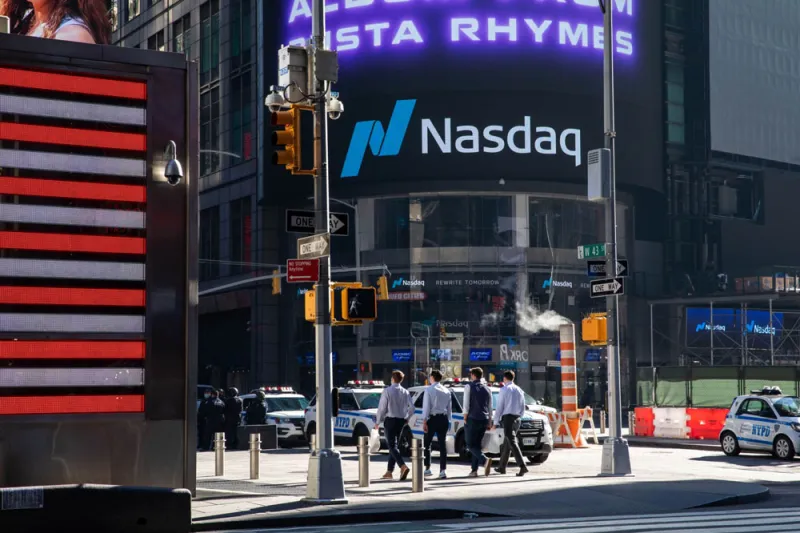A year after the Covid-19 market crash, endowments, foundations, and aggressive risk takers have experienced the strongest recoveries, according to outsourced chief investment officers whose clients include major investors across fund types.
Out of all outsourced investments tracked by the Alpha Nasdaq OCIO Broad Market Index, endowment and foundation portfolios “came roaring back” with a trailing one-year average net-of-fee returns at 35.8 percent, said Brad Alford, founder of Alpha Capital Management. The “aggressive asset allocation index,” an index that factors in OCIO strategies with a 0 to 20 percent allocation to risk-mitigating asset classes, touted the strongest performance with a 46.3 percent trailing one-year return.
The Alpha-Nasdaq indices started in 2019 and aggregate responses from anonymous OCIOs that “represent the broad OCIO market” and “appropriately reflect the nuances across sub-categories, such as plan type and risk profile,” according to this quarter’s report. Index numbers are calculated using reported data from OCIO respondents. In order to be included in the indices, respondents must work with a fund that manages $50 million or more in assets under management. OCIO contributors include J.P. Morgan Asset Management, Verger Capital Management, and NEPC, among others.
“The Alpha Nasdaq OCIO Indices are aimed at increasing the transparency of the growing OCIO industry and are designed to give investors and OCIO firms the ability to objectively measure their performance against peers,” according to the website. “The OCIO Indices segment across risk profiles, asset allocation, client types and plan types.”
Fixed Income Investments Went “Really Poorly” for Pension Funds
According to Alford, the resilience of the endowments and foundations index is because of the “value-biased” managers handling the portfolios. Alford said endowments and foundations also tend to harbor “broadly-diversified” portfolios, making them more likely to withstand a catastrophe like the pandemic compared with funds that stick to fewer wealth streams.Inversely, the defined benefit pension plan index performed “really poorly,” said Alford. The index recorded a trailing one-year return of 24.74 percent, underperforming the overall OCIO index return of 30.7 percent.
For the year ending on March 31, allocations to fixed income were the main detractor for pension plans, according to Alford. For instance, the Bloomberg Barclays U.S. Aggregate Index — which includes government treasury securities, corporate bonds, mortgage-backed securities, and asset-backed securities — saw a trailing one-year return of 0.71 percent, the lowest return rate in the broad market index.
“Many pension funds are heavily driven by liabilities and so they’re heavy in fixed income,” Alford said. “It went really poorly in the trailing year.”







